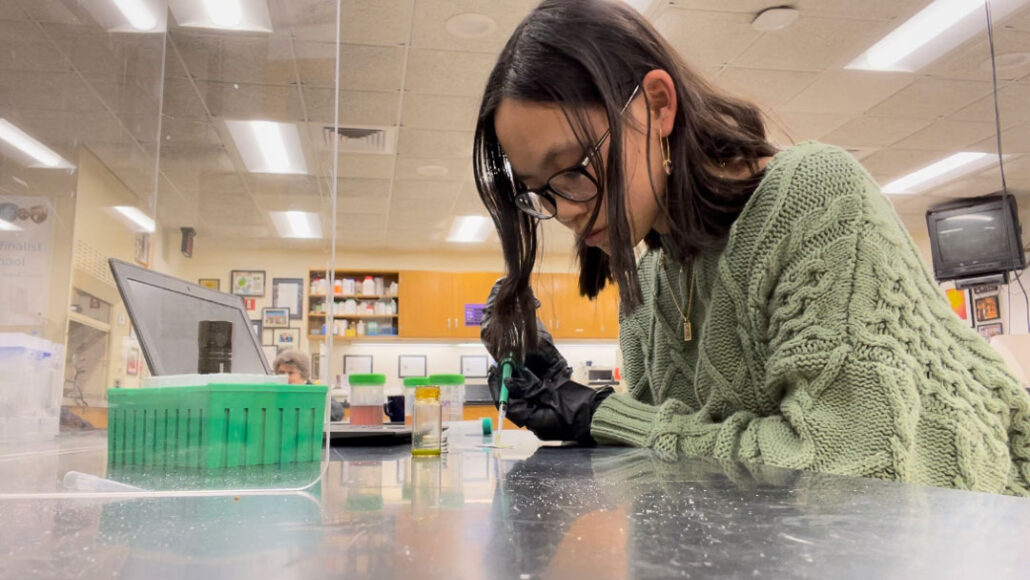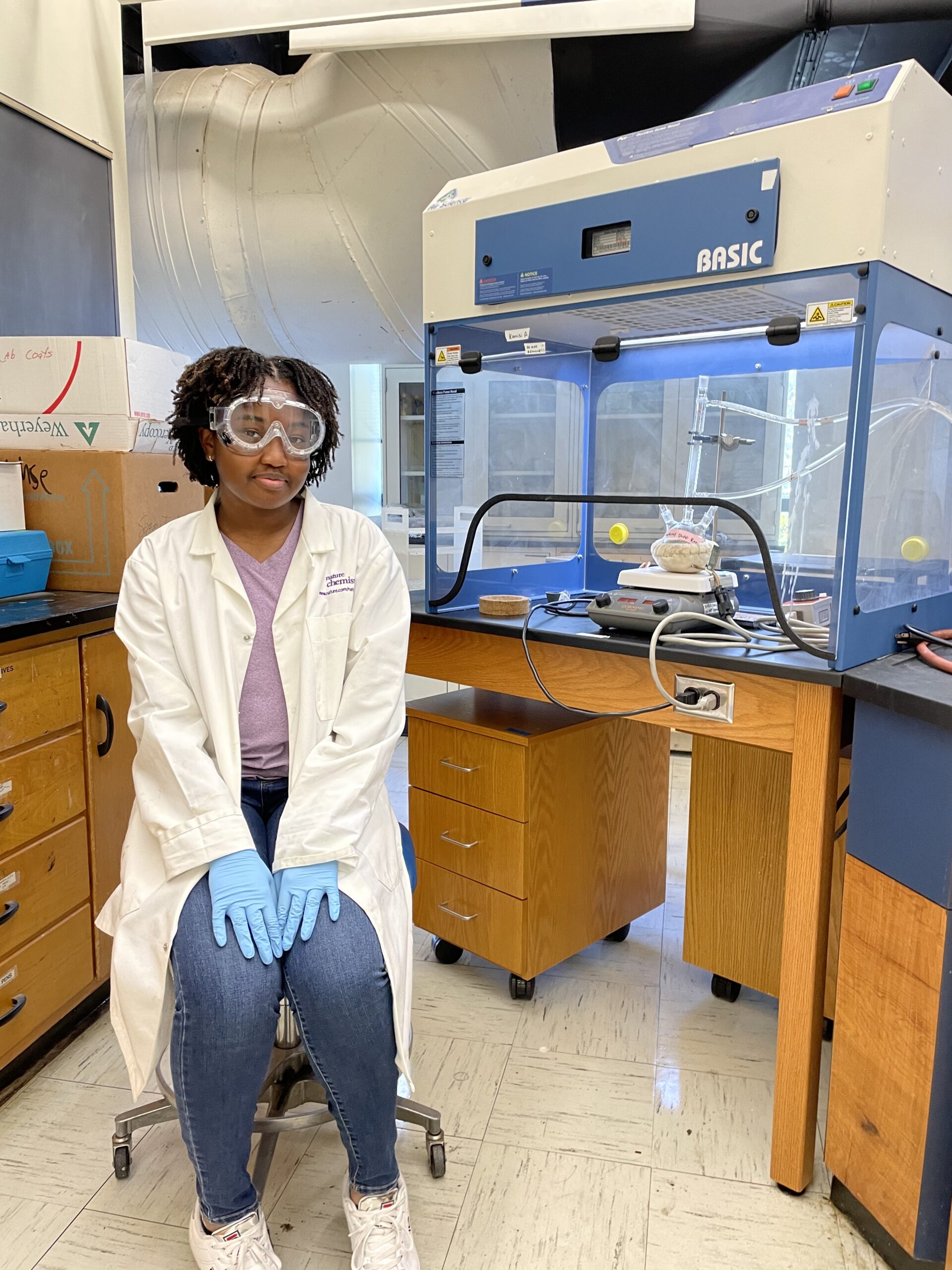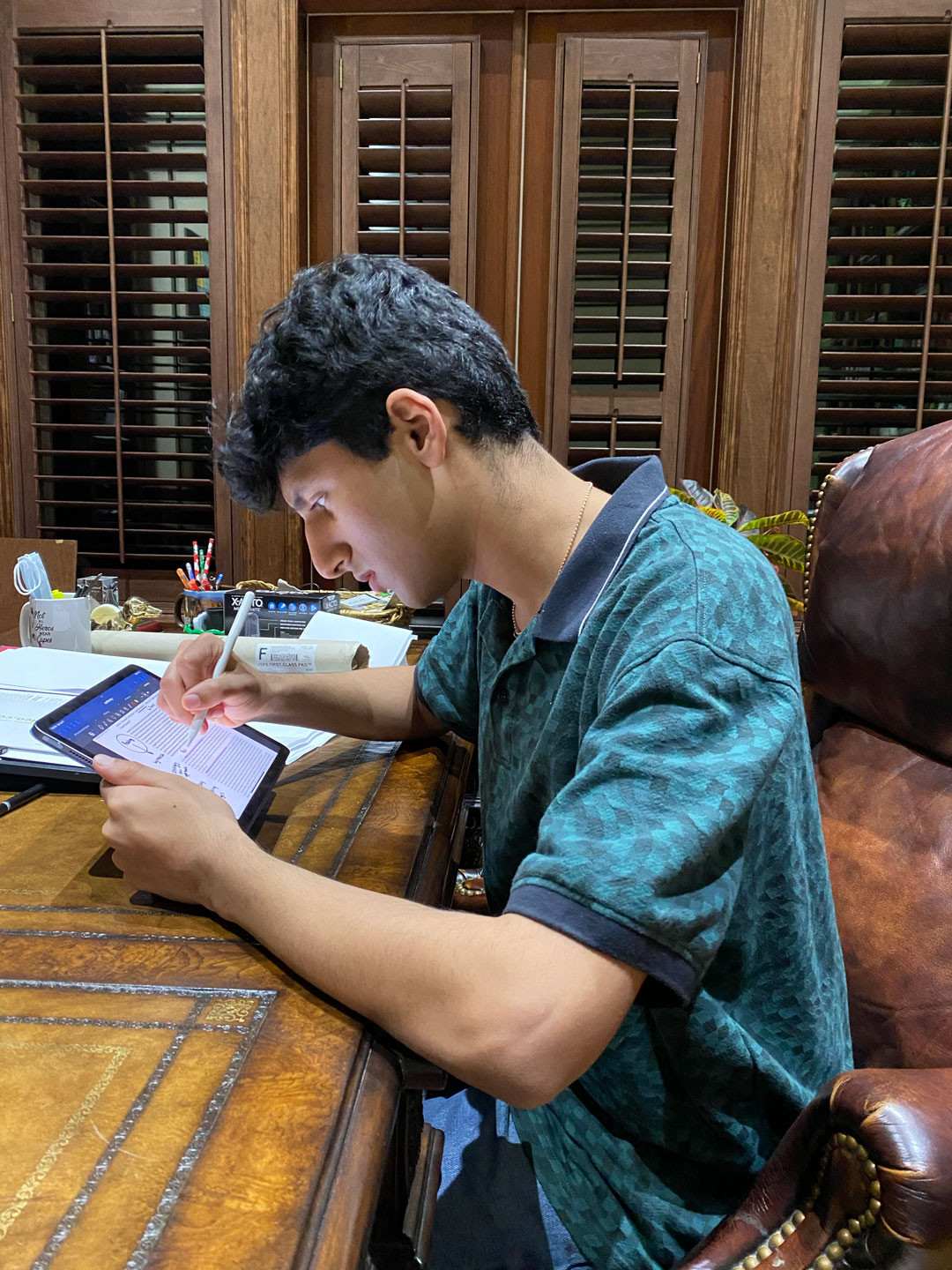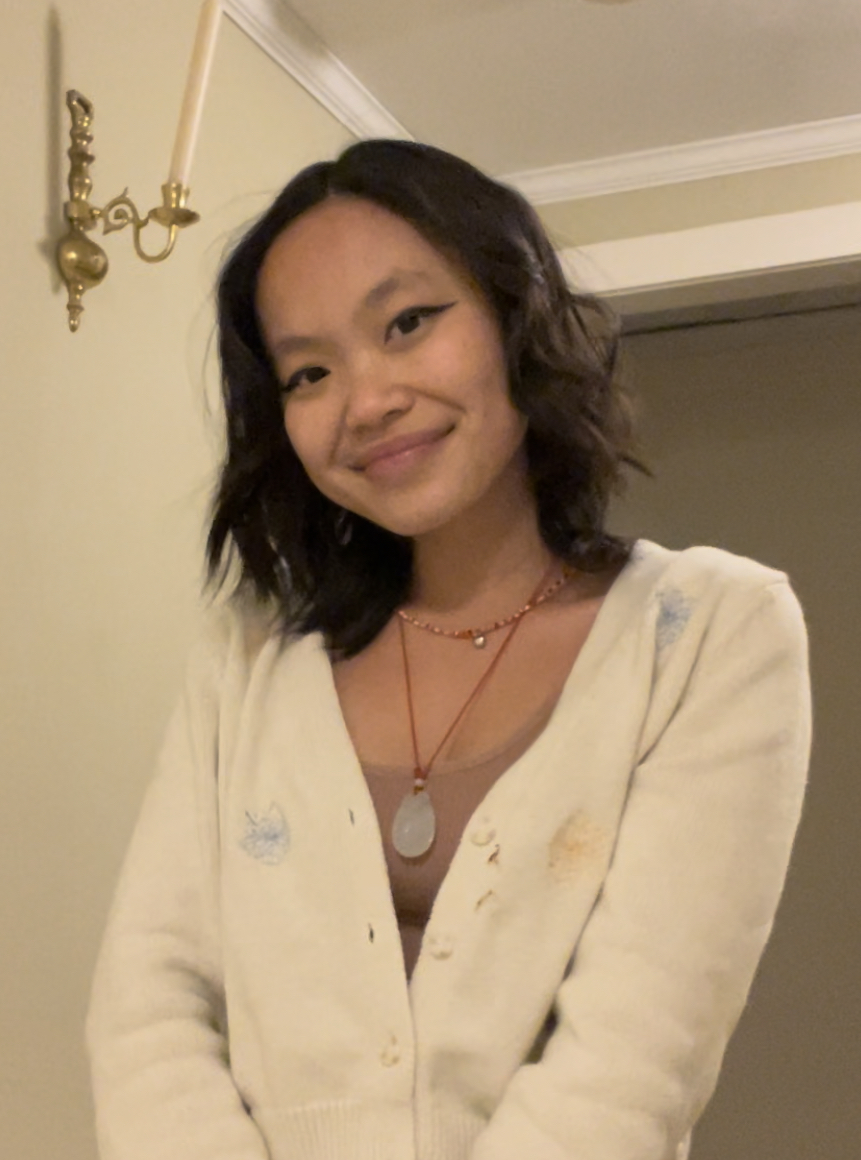High school scientists tackle community health and safety risks
2023 Science Talent Search finalists take on sickle cell disease, suicide risk and more

High school senior Angie Fogarty (pictured) built a sensor to detect when alcoholic drinks have been spiked with sleep-inducing drugs.
Society for Science
Science isn’t just a way to learn about the world around us. It also can be a way to make the world a better place. The desire to help others drove the research of several finalists in this year’s Regeneron Science Talent Search, or STS. These young researchers are using science to boost the health and safety of people in their communities.
STS is a science and math competition for high school seniors. It is run by the Society for Science, which also publishes Science News Explores. Each year, 40 finalists gather to share their research findings and compete for more than $1.8 million in prizes. Science News Explores spoke with three of the 2023 finalists about their inspirations, challenges and advice for science fair entrants.
Kamisi Adetunji
Kamisi, 17, aimed to improve treatment for sickle cell disease. This genetic condition causes red blood cells to curve, or sickle. That makes it harder for those cells to carry oxygen throughout the body. Natural compounds called flavonoids were known to reduce this sickling. By tweaking the chemical structure of flavonoids extracted from fruits, Kamisi was able to boost their anti-sickling powers. Kamisi attends the North Carolina School of Science and Mathematics in Durham.
What inspired this project?
“My family is Nigerian,” Kamisi says, and sickle cell disease mainly affects people of West African descent. “One day I was on a walk with my mom, and we were talking about a family friend [who] was currently battling sickle cell disease. And she was telling me about all the people back home that she knew who had it or have passed from it.” When Kamisi had the opportunity to do research at school, she says, “I immediately knew that I wanted to study sickle cell disease.”

What was your biggest challenge?
“The hardest part was definitely the discouragement aspect of it, because I had no prior heavy experience with science projects like this or research in general,” Kamisi says. “I had to gain a lot of trust in myself to know that I [would] be able to accomplish this project and to have the tenacity to continue trying different things when things weren’t working.”
Any advice for science project success?
“If you asked me two years ago if I would be doing this research … I would have been like, ‘What are you talking about? There’s no way,’” Kamisi says. “I think the most important thing is to just have that self-belief and trust that you’re capable of a lot more than you think you are … and that your work is worth something and that it’s meaningful.”
What’s next for you?
“I’d love to continue sickle cell disease research,” says Kamisi. She’d like to try extracting and tweaking flavonoids from vegetables, not just fruits. And she hopes to test the anti-sickling powers of her compounds over longer periods of time. Beyond that, Kamisi says, “I still want to do medicinal chemistry research, especially with other diseases that affect minority communities or underserved groups.”
Siddhu Pachipala
Siddhu, 18, built an artificial intelligence program that scans written words for signs of suicide risk. The system learned to spot red flags for suicidal thoughts by reading mental-health evaluations of real patients and their own writings. Siddhu’s “SuiSensor” program can securely monitor text messages, notes or social-media posts to gauge suicide risk. In tests, it predicted risk with over 98 percent accuracy. Siddhu attends the Woodlands College Park High School in Texas.
What inspired this project?

“During COVID, especially, I was seeing the people around me struggle with mental health,” Siddhu says. But it’s often hard for people to know when to seek help. Plus, Siddhu notes, people receiving mental-health treatment may be given suicide risk assessments only every month or year. Meanwhile, someone’s actual suicidal risk can change from moment to moment. Siddhu wanted to create a tool “to help people when it matters most, rather than when it’s too late.”
What was most rewarding about this project?
“Talking to people who had been personally affected by it,” Siddhu says. He recalls one science fair when some members of the Coast Guard approached his booth. They told Siddhu that they normally only looked at engineering projects. But they were curious about his research because they had recently lost a colleague to suicide. Striving for a world with fewer lives lost to suicide “is the biggest part for me,” Siddhu says.
What was your biggest challenge?
“As a high schooler, I definitely got people telling me that maybe I shouldn’t be doing this research,” Siddhu says. “I’d heard about stigma around mental-health research — that it’s left underfunded and undervalued. … Seeing that firsthand was a little demoralizing.” But at the International Science and Engineering Fair, “I saw one more person who had a suicide project — which I’d never seen before. And just seeing that was so exciting,” Siddhu says. “We’re all winning if more research like this comes through.”
Any advice for science project success?
“I think when people think of the word ‘science,’ they think of test tubes and robots,” Siddhu says. “But science is more a method. It’s the most rigorous, data-driven method we have to solve any issue. And if you’re a history buff, your issue could be digging through historical records, seeing if there’s patterns there. If you like economics, you could be tracking economic data. … You can dig into any field and do science with it.”
Angie Fogarty
Angie, 17, built a sensor to detect if a drink has been spiked with a drug to make someone pass out. Such drugs are often used by criminals to commit sexual assault. Angie’s sensor turns red if wetted with a drink has been laced with Benadryl. The sensor turns green if a drink has not been tampered with. About the size of a hole punched in notebook paper, the paper sensor can be carried in a wallet or purse. Angie attends Greenwich High School in Connecticut.
What inspired this project?
Adults often warn teens about the dangers of sexual assault, Angie says. “A lot of the advice that they have is … ‘You should dress conservatively,’ or ‘Your drink should always be clear so you can spot if your drink has been drugged.’” But following that advice doesn’t guarantee safety, Angie says. “I wanted to [build] something that was able to be easily used, easily accessible and actually bring guaranteed safety to a lot of young adults. Especially those that are going into college, like myself.”

What was your biggest challenge?
“There was definitely a lot of trial and error,” Angie says. “Every time something might work for the [green] dye, it would completely cause the red dye to not function at all.” But her refusal to give up ultimately paid off. “I actually finished the project literally the night before the deadline for my school,” she says.
What was your favorite part?
“The first time the dye system actually worked,” Angie says. “The first time there was the liquid and it changed color perfectly, it was such an incredible moment. I was ecstatic.”
Any advice for science project success?
“Choose something that you’re passionate about,” Angie says. “Something you really think is interesting, because no matter what project you are gonna do, you’re gonna be spending a lot of time with it. … You could really make any topic extraordinary if you work really hard towards it and it’s something that the judges can see that you really care about.”
Suicide was the third leading cause of death among U.S. teens ages 15-19 in 2021. If you or someone you know is experiencing suicidal thoughts, please seek help. In the United States, you can reach the Suicide Crisis Lifeline by calling or texting 988. Please do not suffer in silence.
And the winners are…
At a March 14 ceremony, Neel Moudgal won the $250,000 first-place prize for this year’s Regeneron Science Talent Search. The 17-year-old from Saline, Mich., created a computer model to predict the molecular structure of RNA. Neel hopes this technology will help in diagnosing and treating some diseases.
Second place and $175,000 went to Emily Ocasio, 18, of Fairfax, Va. Her artificial intelligence system analyzed Boston Globe articles that described homicides. It showed that these stories described Black victims with less humanizing language than it did for white victims.
Third-place winner Ellen Xu, of San Diego, Calif., took home $150,000. The 17-year-old built an algorithm that uses photos to help spot Kawasaki disease; it’s the leading cause of acquired heart disease in young children. Seven other finalists took home prizes of $40,000 to $100,000. The remaining 30 finalists all received $25,000 each.







